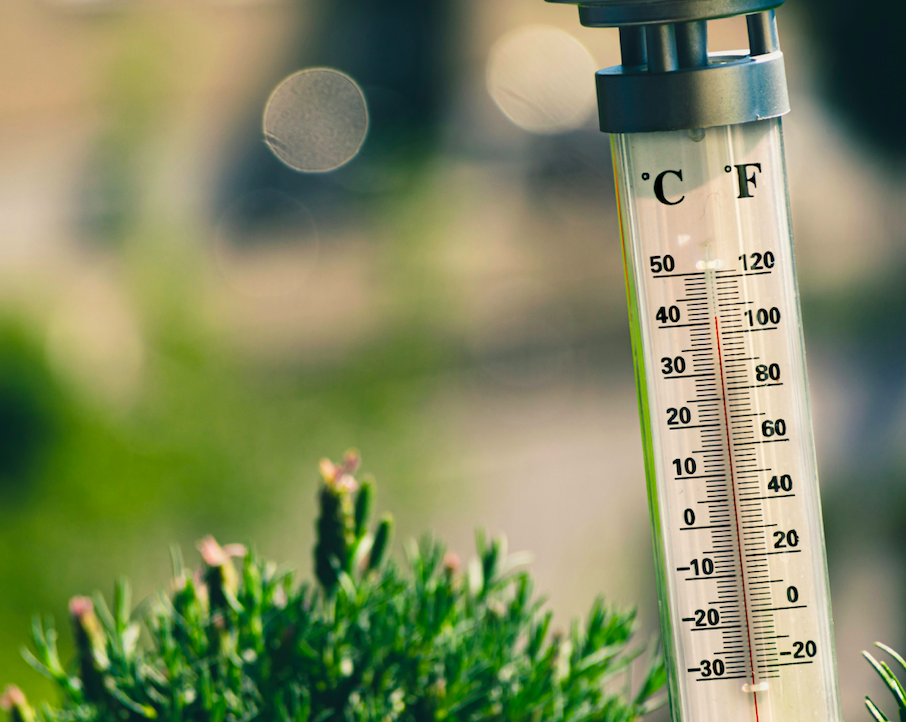Photo Credit: Jaroslaw Kwoczala
How to make sense of the chaos
Aditya Chugh, Contributor
It’s hard to pinpoint what part of the last three months has been part of the “winter season.” After all, we’ve had warm, sunny days pop up right in the middle of weeks where the temperature plummets from 18°C to -5°C (and not just once, but multiple times). Weather and climate are tricky things to study, especially when they are as volatile as what we are experiencing. There are a few reasons for the uncharacteristically mellow winter this year.
The first is the El Niño Southern Oscillation (ENSO). The National Oceanic and Atmospheric Administration announced the emergence of the expected El Niño phase of this climate pattern in June last year, which foreshadowed a milder winter to come. The El Niño phenomenon pushes wind streams over North America further south — leading to extreme global temperature in summer and fall 2023, and a warmer and dryer winter season in Canada. The second reason is climate change. Year after year, we see volatile climate patterns and extreme conditions such as droughts or floods. Overall, there is an upward trend in average winter temperatures.
Generally, one would find these phenomena competing, trying to swing the fate of the winter in one direction. For some years, it may be the case that ENSO is tipping the scales toward a colder winter (due to the La Nĩna phenomenon, opposite of El Niño), replete with harsher snowstorms and precipitation. On the flip side, rising surface water temperatures due to climate change may be balancing this effect by altering atmospheric circulation.
This year, however, the two factors acted in unison. To put it another way — there was a game of climatic tug of war in which every participant was playing on the same team. We managed to pass the winter season mostly unscathed, having avoided bone-chilling temperatures or much snow at all.
David Phillips, a senior climatologist at Environment Canada, shares that this has been the warmest winter in Toronto on record. The months of December, January, and February have been nearly 4 degrees celsius warmer, on average, than normal. Not only that, but the Pearson Airport weather station also reported that March 4 of this year was the hottest since 1974, shattering the previous record by an unprecedented 3 degrees celsius.
That’s not the last of such erratic trends. Just like climate change is driving unpredictability in weather in winter, it will also affect weather in the coming spring and summer seasons. The summer of 2023 was the hottest on record since 1880, for instance. High sea surface temperature and lingering effects of the El Niño cycle may lead to more extreme heat waves and higher average temperatures. There may be similar volatility too, and residents could experience a few unseasonably chilly days well into the summer.
So what’s up with the weather, you ask? Some good old-fashioned chaos.




